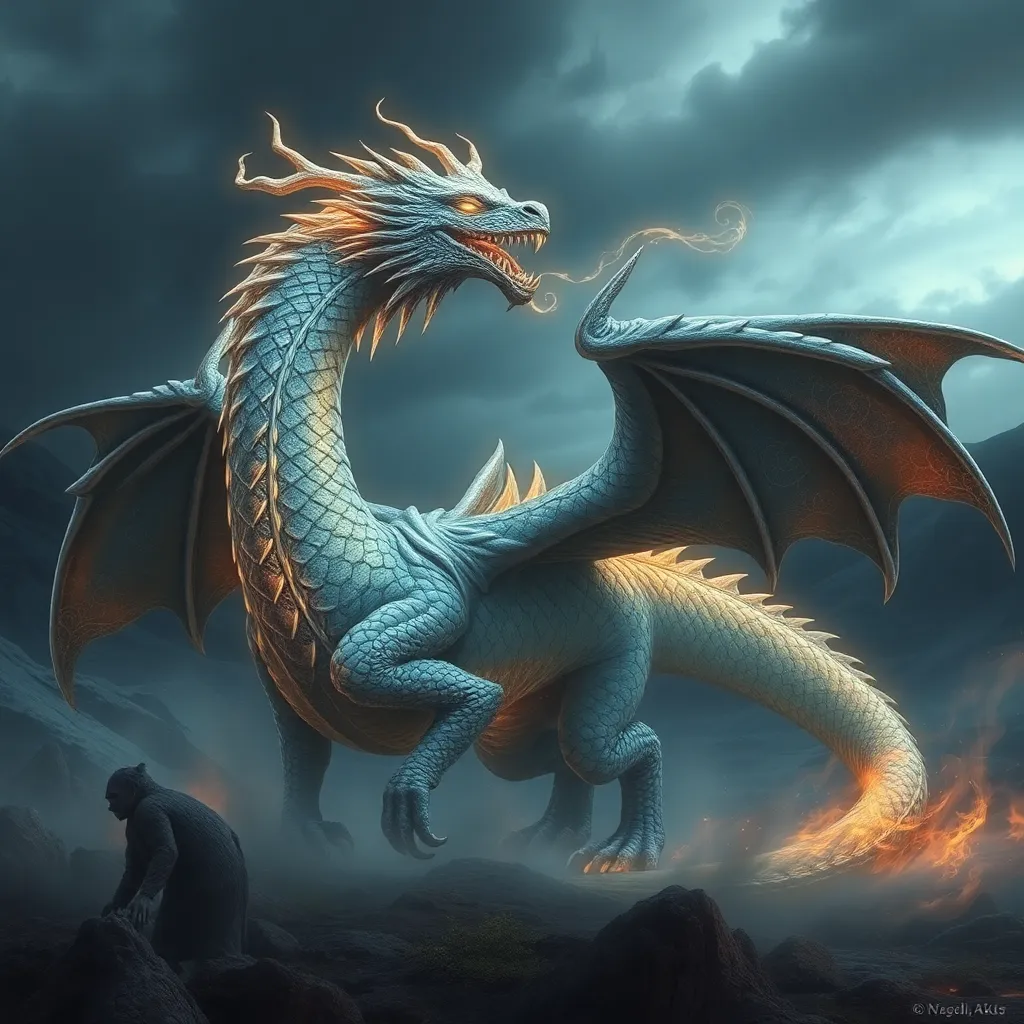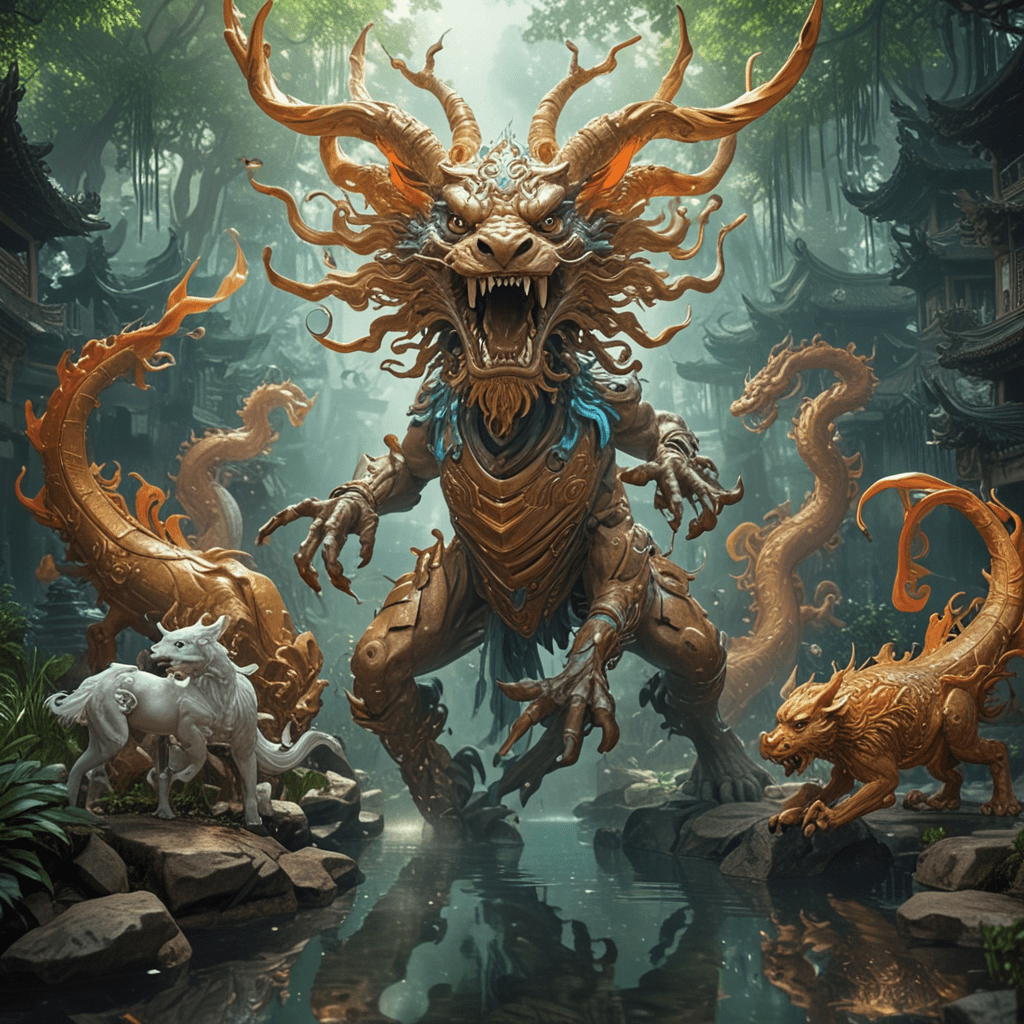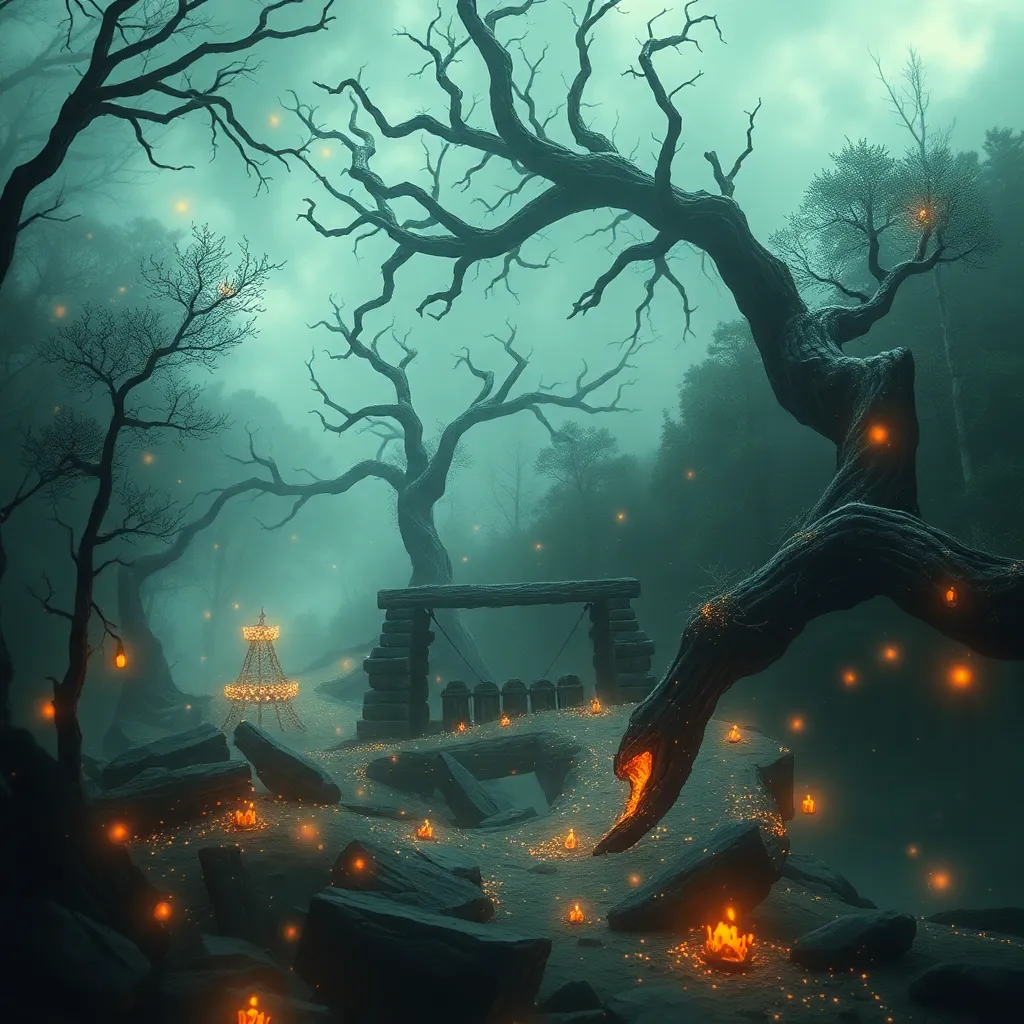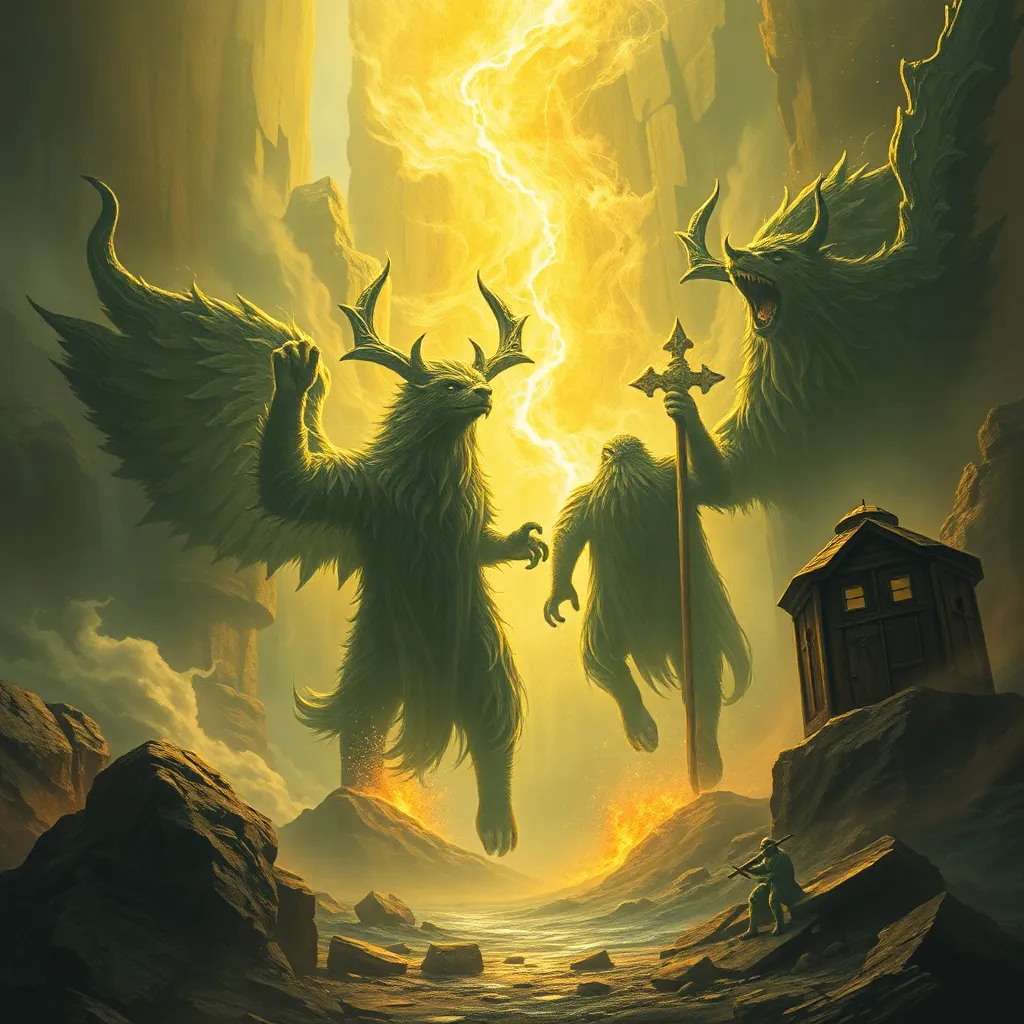The Dragon of the Otherworld: Níðhöggr in Celtic Mythology
I. Introduction
Celtic mythology is a rich tapestry of stories, deities, and creatures that reflect the beliefs and values of ancient Celtic societies. It encompasses a wide range of mythical beings and narratives, serving as a window into the spiritual and cultural life of the Celts. Among these fascinating figures lies Níðhöggr, a dragon whose presence transcends the boundaries of mythology, particularly in its connections to the Norse mythological tradition.
This article aims to explore the origins, characteristics, and cultural significance of Níðhöggr within the frameworks of both Norse and Celtic mythologies. Readers can expect to delve into the depths of the Otherworld, discover the symbolism of dragons like Níðhöggr, and understand the thematic elements that have allowed this mythical creature to endure through the ages.
II. The Origins of Níðhöggr
Níðhöggr originates from Norse mythology, where it is depicted as a fearsome dragon that gnaws at the roots of Yggdrasil, the World Tree. This act symbolizes chaos and the destructive forces that threaten the stability of the universe. Níðhöggr is often associated with death and the underworld, representing a bridge between life and the afterlife.
Connections to Celtic mythology can be drawn through the similarities between Níðhöggr and various Celtic dragons and serpent-like beings. Dragons in Celtic lore often embody wisdom, power, and the mysteries of the Otherworld. The significance of dragons in ancient cultures is profound, as they frequently symbolize strength, guardianship, and the cycle of life and death.
III. Níðhöggr’s Role in the Otherworld
The concept of the Otherworld is central to both Celtic and Norse mythologies. In Celtic beliefs, the Otherworld is often described as a mystical realm where the dead reside and where the living can journey through various means, such as dreams or magical portals. Níðhöggr’s relationship with the realms of the dead is particularly noteworthy.
As a guardian of the underworld, Níðhöggr symbolizes the transition between life and death. Its role as a figure that consumes the roots of the World Tree signifies the inevitable decay and transformation that all beings undergo. In this way, Níðhöggr embodies the cyclical nature of existence in both mythologies.
IV. Níðhöggr’s Characteristics and Powers
Níðhöggr is often depicted as a large, fearsome dragon, characterized by its serpentine body, fierce claws, and sharp fangs. Its physical attributes evoke a sense of dread and respect, mirroring the complex relationship humans have with dragons in mythology.
The powers associated with Níðhöggr include:
- Destruction: Níðhöggr’s gnawing at Yggdrasil represents chaos and the destructive forces of nature.
- Guardianship: As a sentinel of the underworld, it protects the secrets of death and the afterlife.
- Transformation: Níðhöggr’s actions illustrate the transformative aspects of decay and rebirth.
Comparisons can be made to other dragon figures in both Celtic and Norse lore, such as the dragon Fafnir in the Volsunga Saga, who also embodies themes of greed and transformation. These dragons, while differing in specifics, share common threads of power, danger, and the mysteries of existence.
V. Níðhöggr in Cultural Interpretations
Throughout history, Níðhöggr has been represented in various forms of artistic expression, particularly in Celtic art. The dragon’s fierce and enigmatic nature often finds its way into illustrations, tapestries, and carvings, symbolizing strength and the connection to the Otherworld.
Níðhöggr has also influenced literature and modern interpretations, appearing in works that explore themes of death, power, and the supernatural. The dragon’s role in storytelling and folklore has allowed it to become a symbol of both fear and reverence, capturing the imagination of audiences across generations.
VI. Thematic Elements of Níðhöggr’s Myth
The myth of Níðhöggr is rich with thematic elements that resonate deeply within the human experience. Some of these themes include:
- Death, Rebirth, and Transformation: Níðhöggr’s gnawing at Yggdrasil represents the cycle of life and death, emphasizing the importance of decay for new growth.
- Chaos and Order: The dragon embodies the balance between chaos and order, serving as a reminder of the destructive forces that can disrupt harmony.
- Moral Lessons: Encounters with Níðhöggr often highlight moral dilemmas and the consequences of actions, offering lessons about the nature of life and death.
VII. Modern Relevance of Níðhöggr in Popular Culture
In contemporary society, Níðhöggr has found a place in literature, films, and video games, reflecting the resurgence of interest in Celtic and Norse mythology. This dragon has appeared in various media, often depicted as a powerful antagonist or a guardian of ancient wisdom.
The character of Níðhöggr resonates with modern audiences for several reasons:
- Its embodiment of complex themes such as life, death, and transformation appeals to contemporary sensibilities.
- The dragon’s fearsome yet fascinating nature captivates the imagination, making it a popular figure in fantasy genres.
- Níðhöggr serves as a bridge between ancient myths and modern storytelling, highlighting the timeless relevance of these narratives.
VIII. Conclusion
In summary, Níðhöggr holds significant importance within both Celtic and Norse mythologies, embodying the complexities of life, death, and transformation. This dragon represents the duality of chaos and order, serving as a reminder of the cyclical nature of existence.
The legacy of Níðhöggr, as well as other dragon myths, continues to resonate in modern culture, encouraging exploration of the connections between Celtic and Norse traditions. As we delve into these ancient stories, we uncover not only the richness of mythology but also the universal themes that bind us across time and space.




